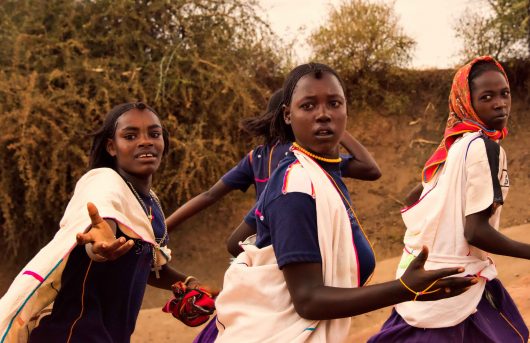 Education inequality is an issue all around the globe, with many countries showing a disparity in literacy rates between men and women. The 1990 World Declaration on Education for All mandates gender equality and education as essential elements of an advanced world, but insufficient action has been taken to develop education systems according to these standards. Since then, many female-run, nonprofit girls’ education organizations have sprung up to create opportunities for women in developing countries.
Education inequality is an issue all around the globe, with many countries showing a disparity in literacy rates between men and women. The 1990 World Declaration on Education for All mandates gender equality and education as essential elements of an advanced world, but insufficient action has been taken to develop education systems according to these standards. Since then, many female-run, nonprofit girls’ education organizations have sprung up to create opportunities for women in developing countries.
The plight of many uneducated women in developing countries is a woeful one. Many face poverty, female genital mutilation and early marriage. Access to education opens doors for women, empowering them to provide for themselves and their families and enabling them to participate in politics and the working world. Below are four girls’ education organizations working actively to improve women’s lives.
4 Girls’ Education Organizations That You Should Know About
- Educate Girls: Educate Girls, an organization based in India, works with government schools to develop educational models and access in “educationally backward” areas of the country. Founded by Safeena Husain in 2007, the nonprofit seeks to grow and maintain enrollment rates among girls, partnering with organizations like UNICEF to address issues in specific school districts.The ultimate goal is to provide a quality education to 2.5 million girls, that they may acquire the skills and tools to participate in the workforce as adults.
- She’s the First: She’s the First (STF) was founded by Tammy Tibbetts and Christen Brandt in 2009 to help girls in developing countries complete their education. Based in New York City, its team helps girls to graduate high school by helping to cover tuition and boarding costs, as well as offering individual guidance and providing essential resources like uniforms and medicine.STF selects girls to support based on financial need and academic potential. It currently hosts 881 scholars, who, along with their mentors, make up a dynamic network of strong and supportive women.
- Camfed: Camfed, short for “Campaign for Female Education,” aims to reduce global poverty via education for girls. Founded by Ann Cotton in 1993, the nonprofit concentrates on rural regions of sub-Saharan Africa and provides support to individuals in need. Nearly two million students in Zimbabwe, Zambia, Tanzania, Malawi, and Ghana have attended school with Camfed’s help.Staunchly apolitical, the organization partners with government ministries and other nonprofits to create resources and awareness. In the long term, Camfed hopes to spark systemic change by molding strong female leaders.
- Forum for African Women Educationalists: The Forum for African Women Educationalists (FAWE) is a pan-African nonprofit that encourages policy changes to make learning environments more accessible to girls. Partnering with government and private organizations across the continent, FAWE works to create community awareness and ensure equal treatment between boys and girls in school.FAWE has introduced a variety of educational models since its inception, including a 2007 gender-responsive pedagogy model tailored for teacher training colleges in Ethiopia, Senegal, and Tanzania. Their central objective is to seamlessly integrate women into the social and political fabric of their countries.
While there remains room for gender equality in schools to improve, these girls’ education organizations have made significant strides in creating access and increasing the quality of schooling for girls, an achievement that serves to develop the world as a whole.
– Madeline Forwerck
Photo: Flickr
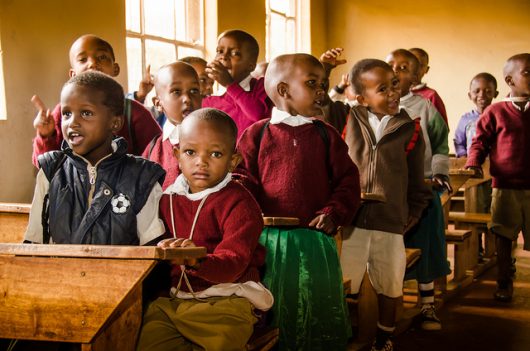
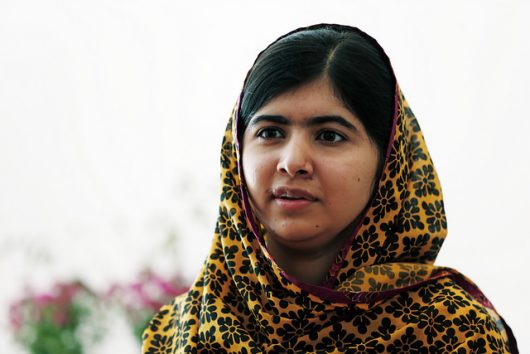
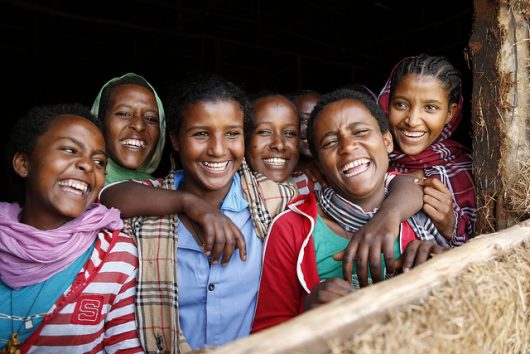
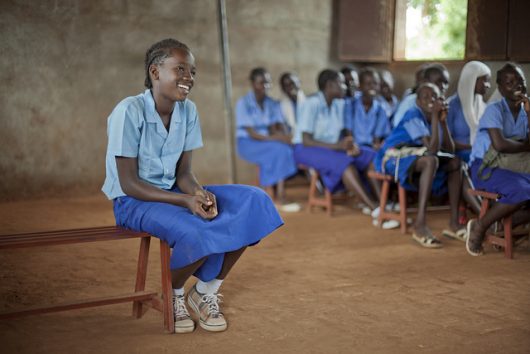

 Circle of Sisterhood is an organization comprised of college-educated, American sorority women working together to provide educational opportunities for girls and women around the world.
Circle of Sisterhood is an organization comprised of college-educated, American sorority women working together to provide educational opportunities for girls and women around the world. Climate change has brought about droughts, unpredictable rainfall, and floods which affect every region, gender, and race. However, girls have been affected greatly by the impact of this climate change. Families who live off of their land are forced to take their girls out of school so they can make up for the income lost due to climate change. Droughts and flooding have impacted these farmers and their crops. To make up for the lost income they send their wives or daughters to be daily wage laborers.
Climate change has brought about droughts, unpredictable rainfall, and floods which affect every region, gender, and race. However, girls have been affected greatly by the impact of this climate change. Families who live off of their land are forced to take their girls out of school so they can make up for the income lost due to climate change. Droughts and flooding have impacted these farmers and their crops. To make up for the lost income they send their wives or daughters to be daily wage laborers.